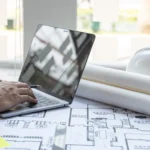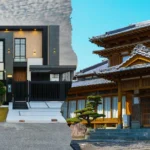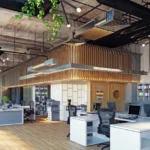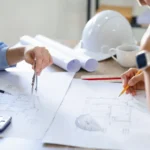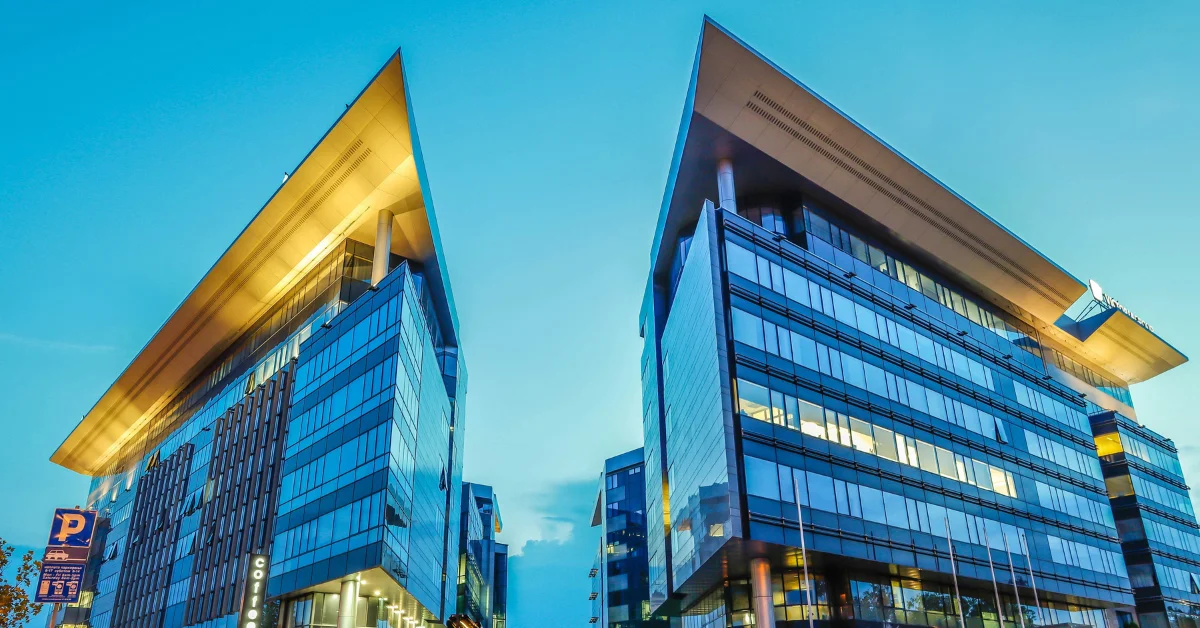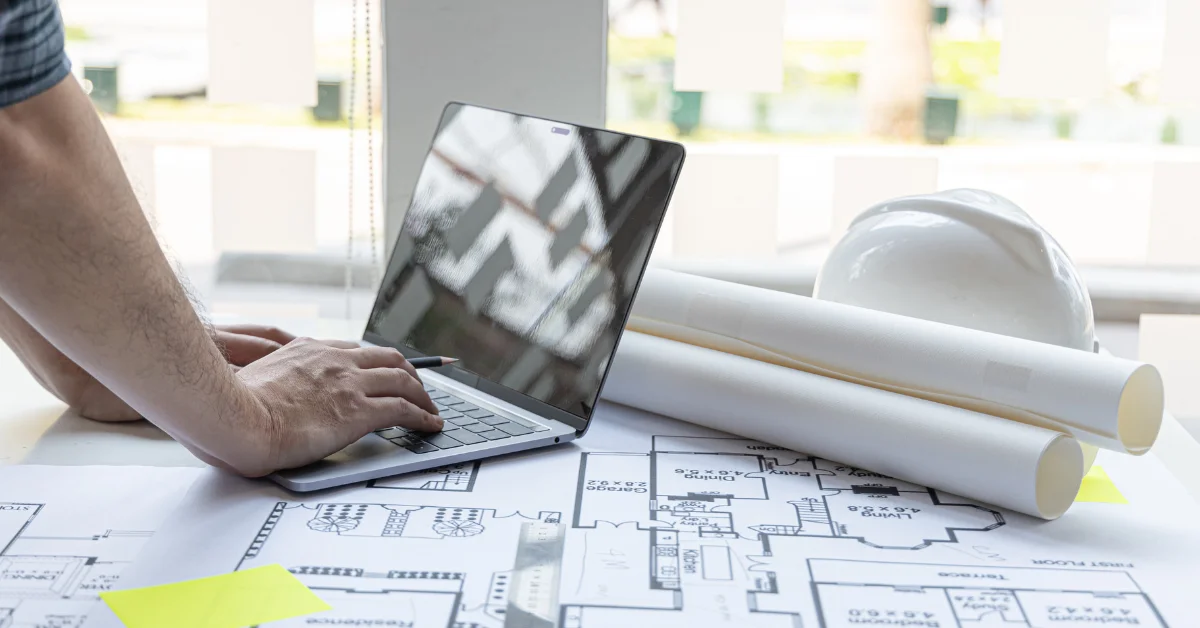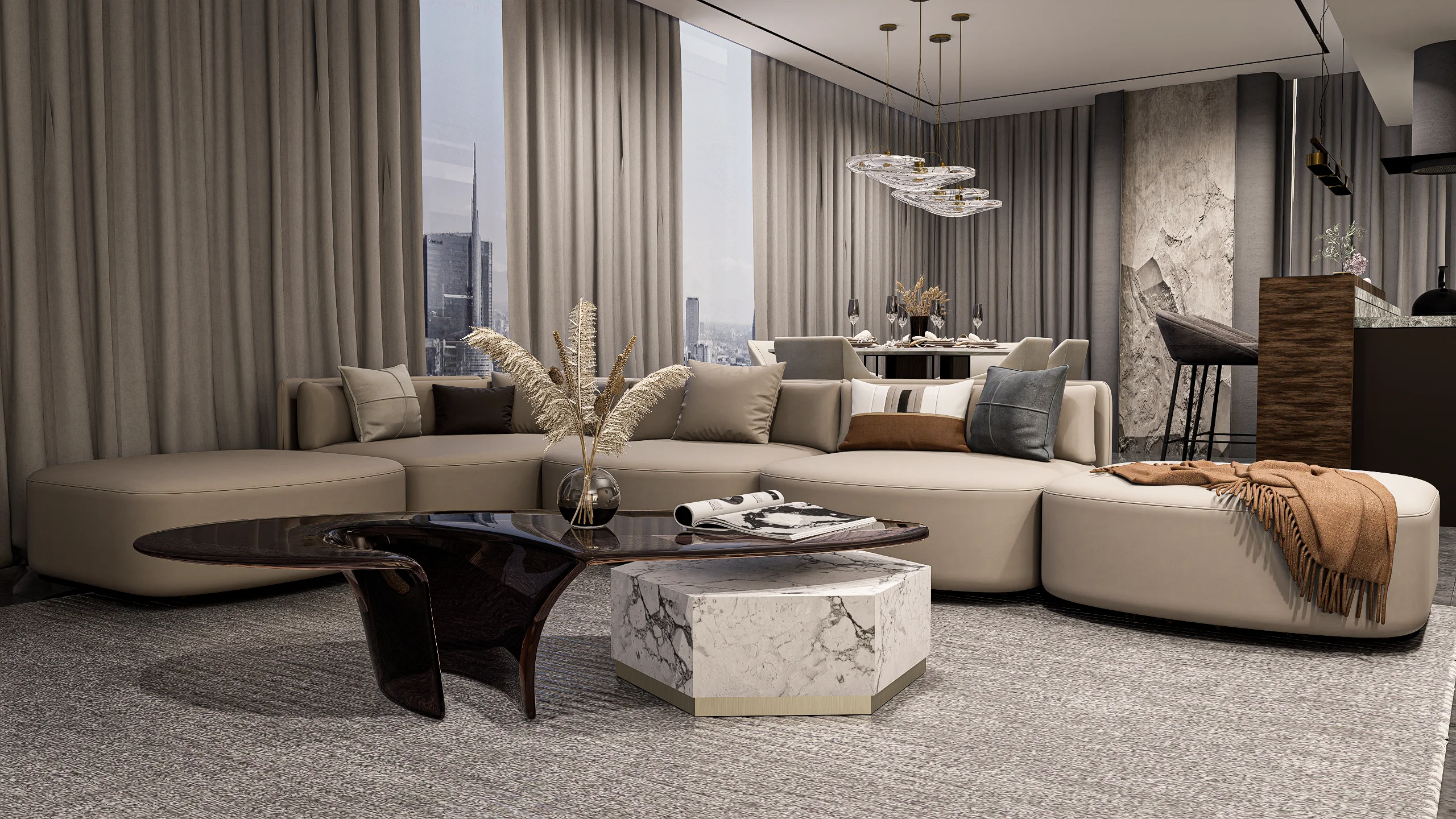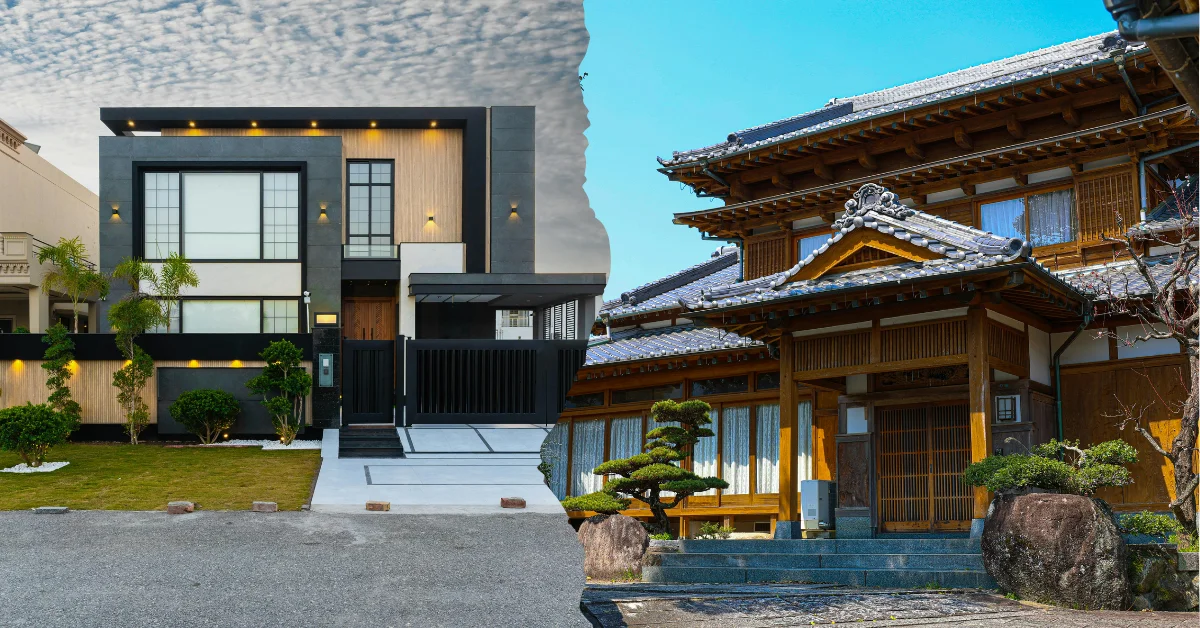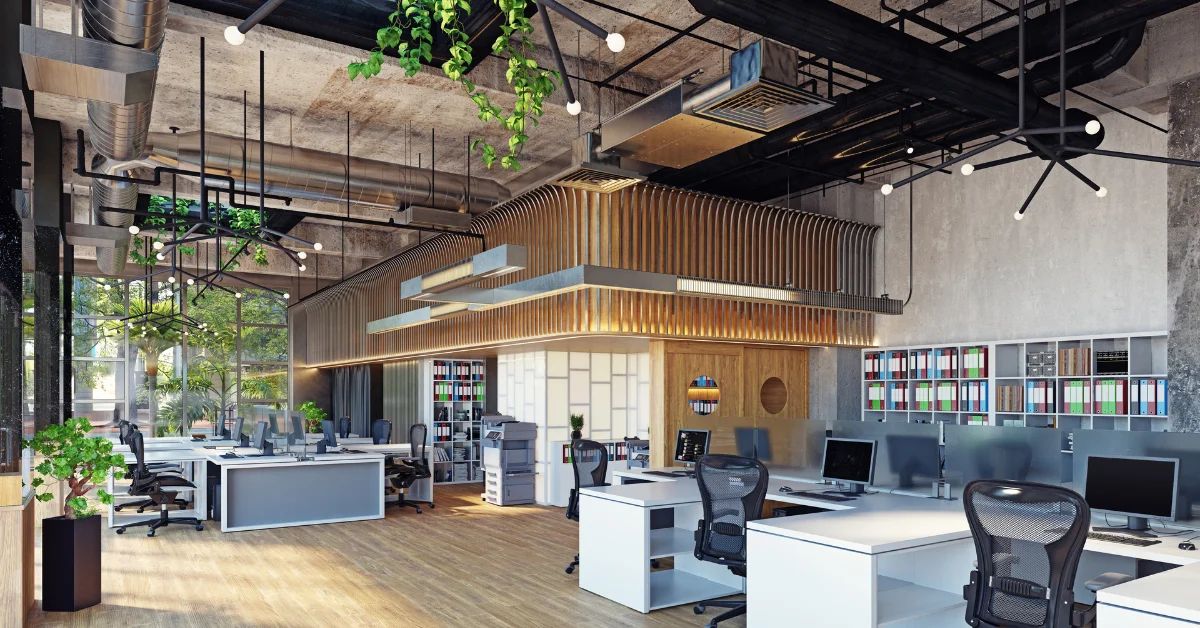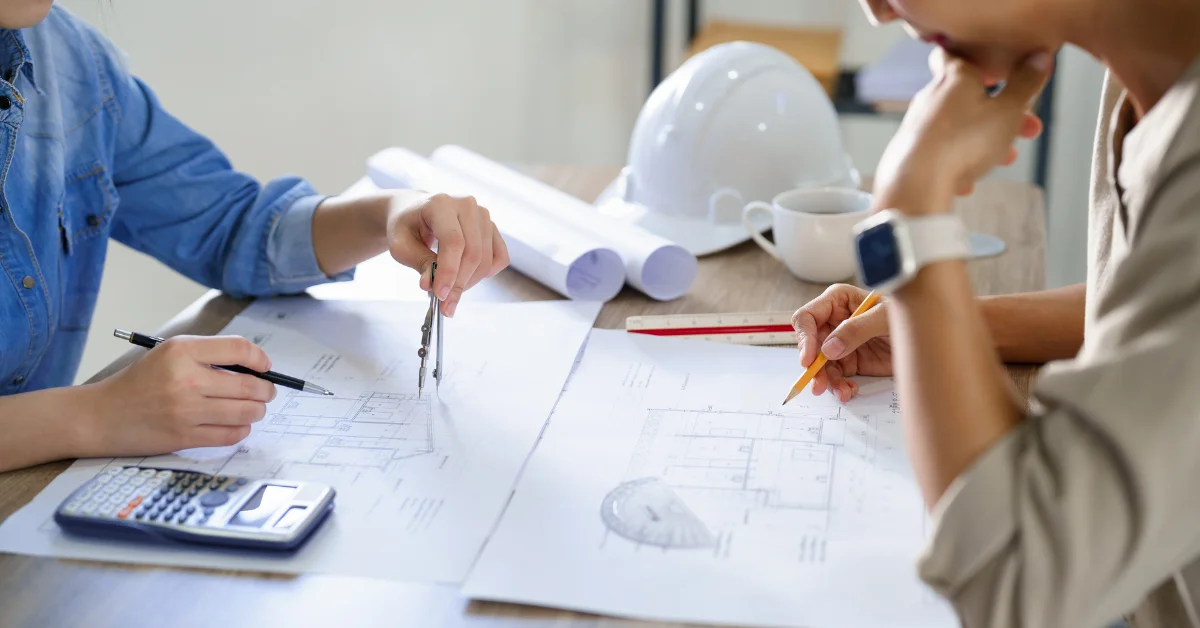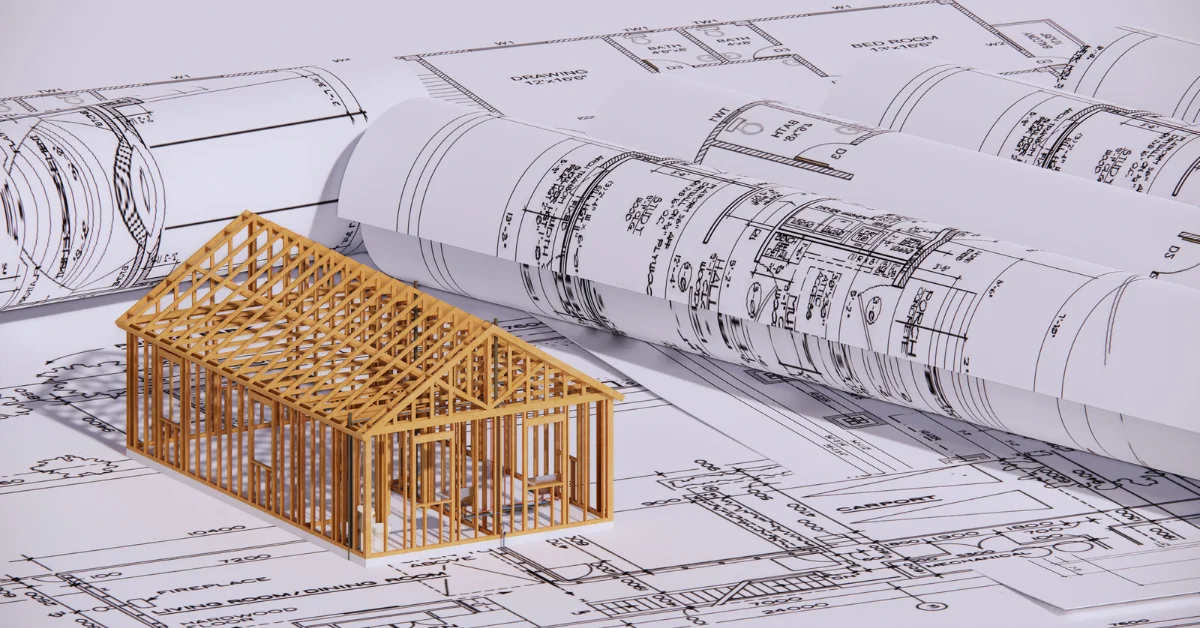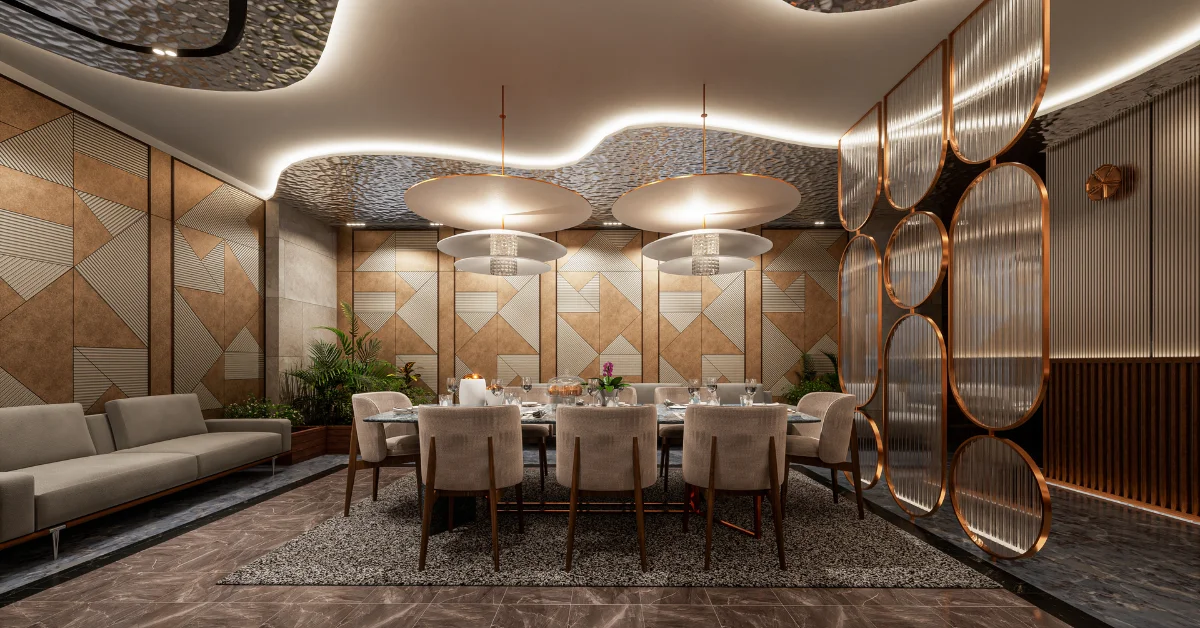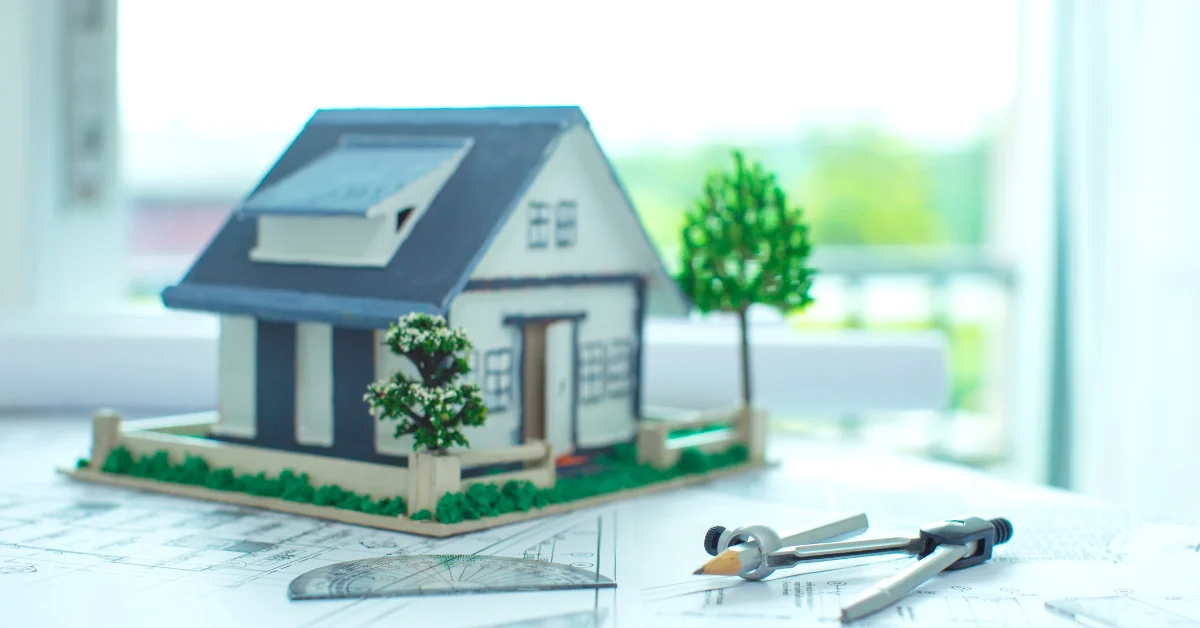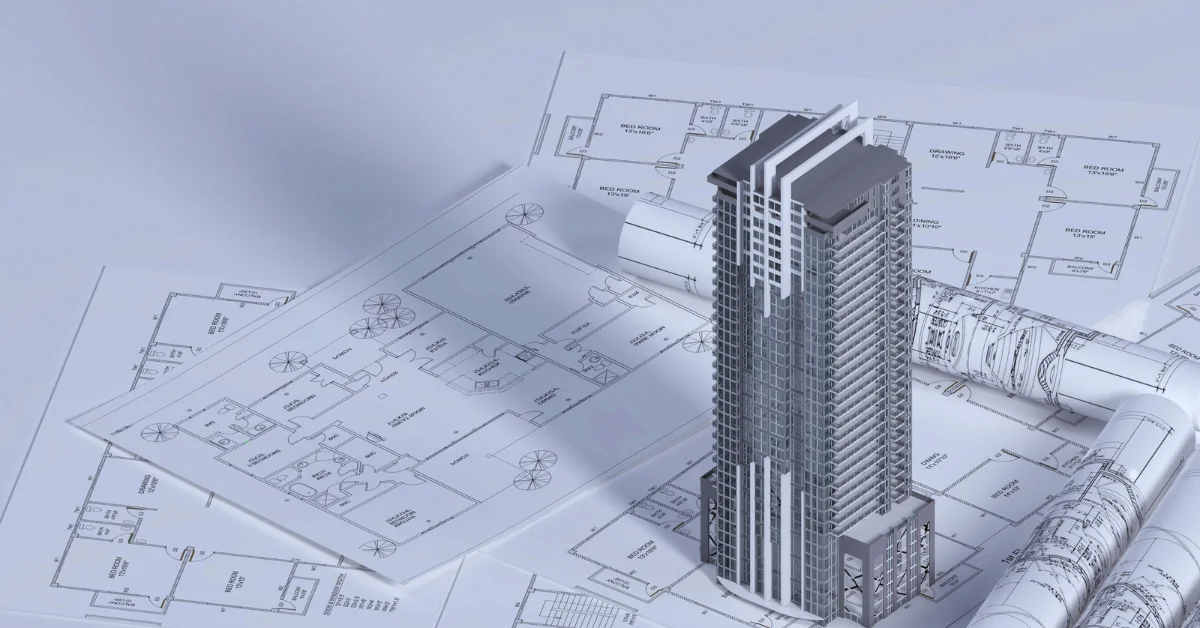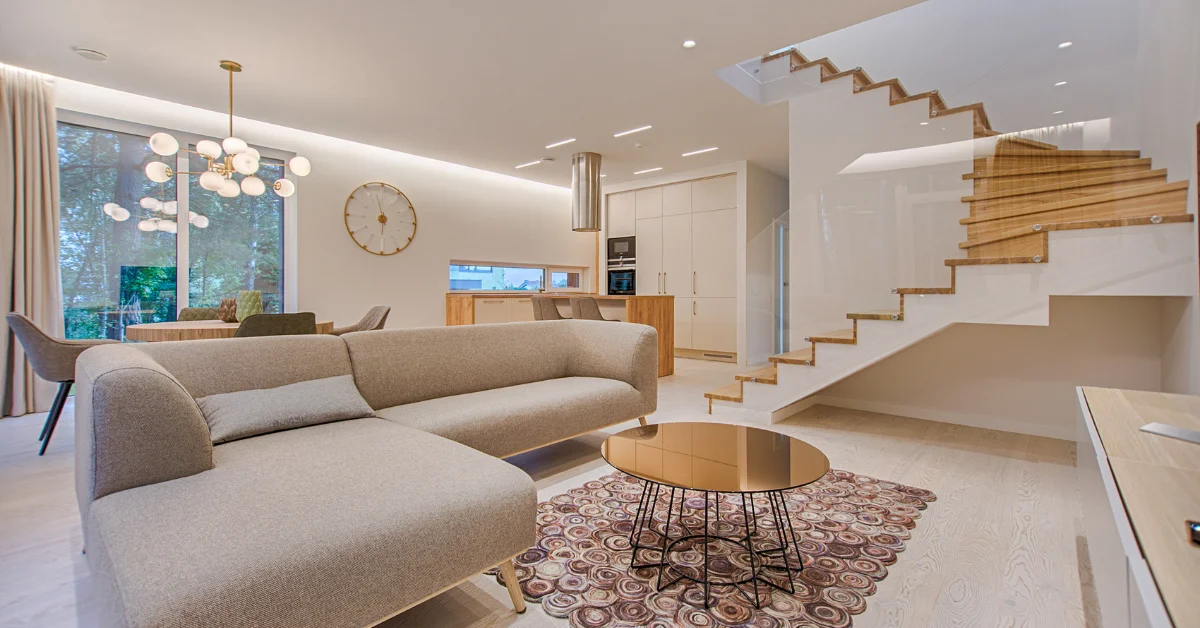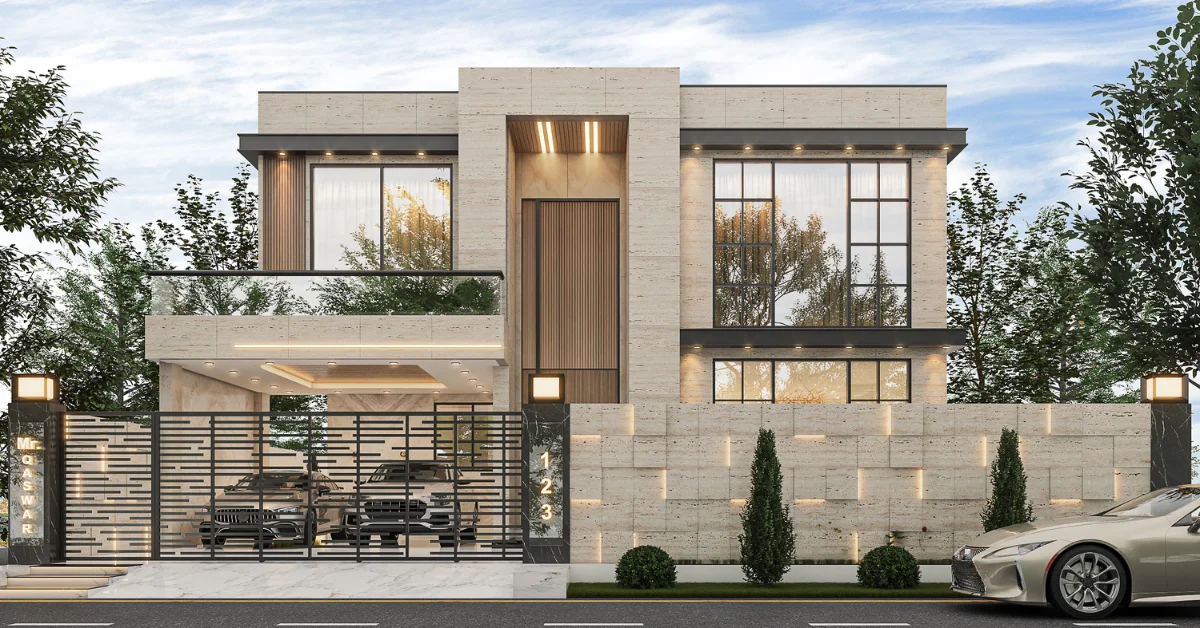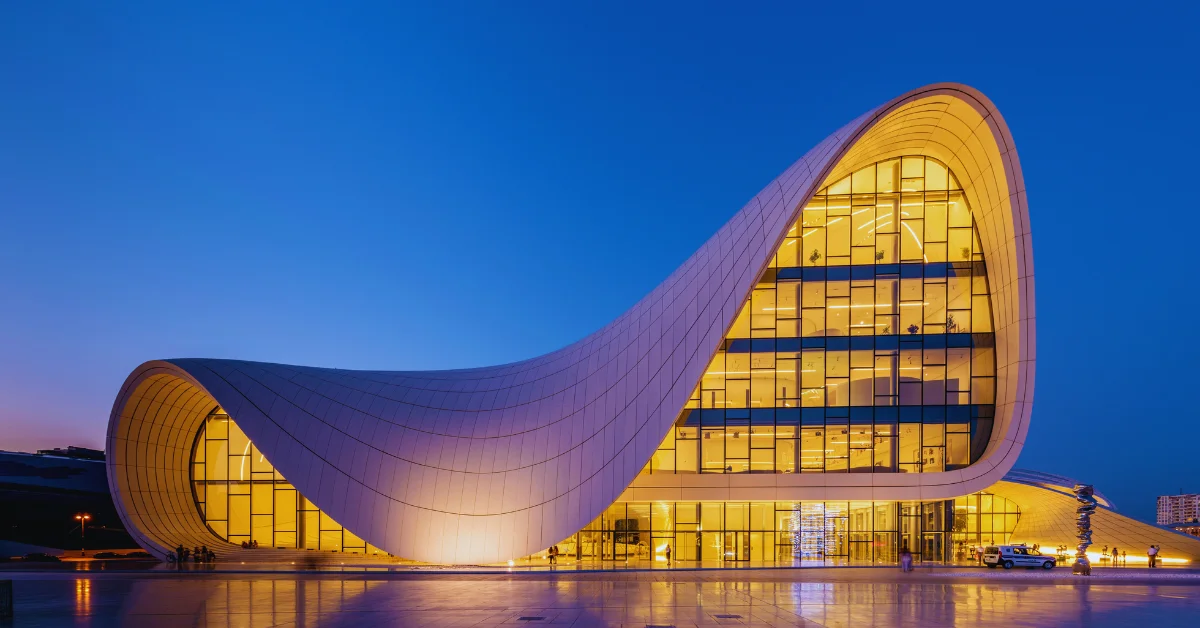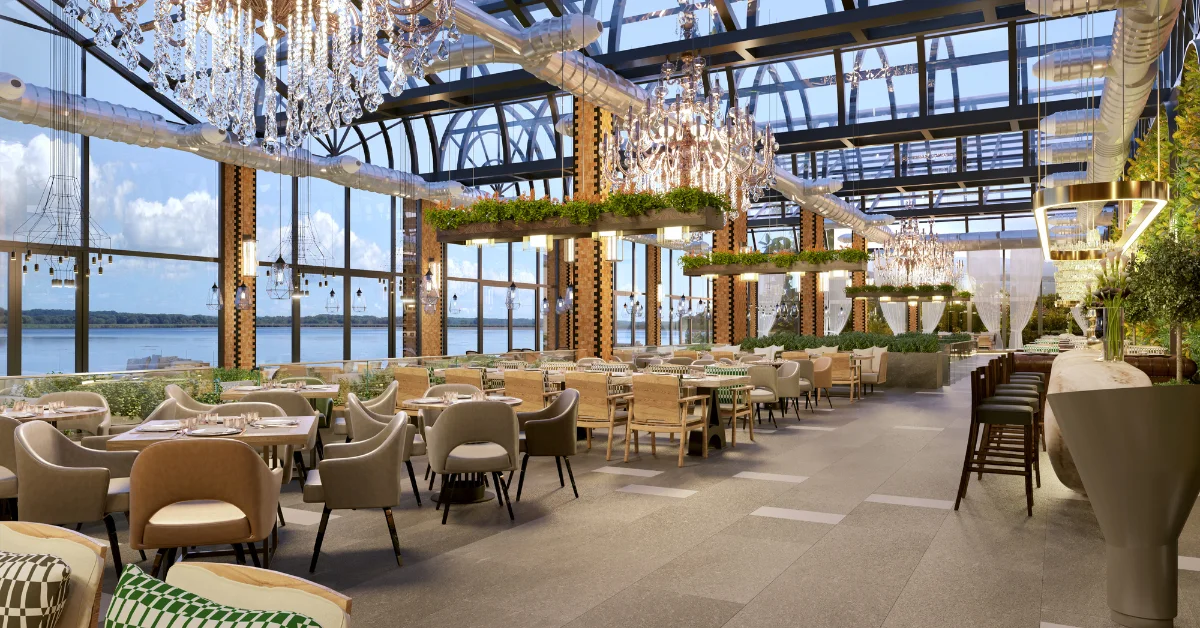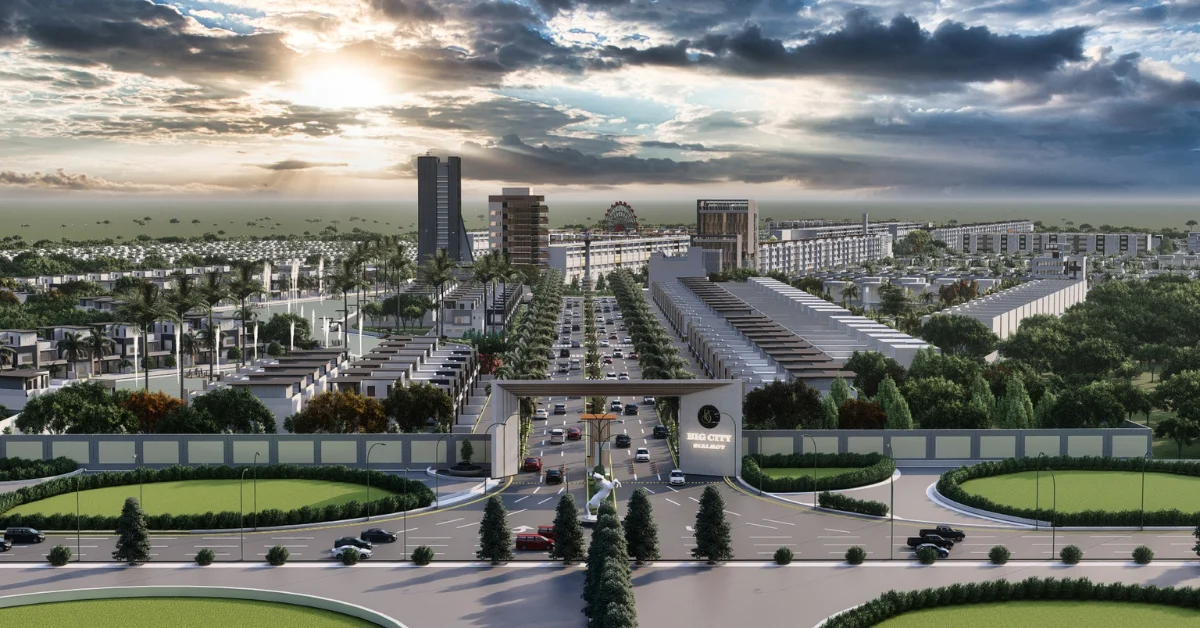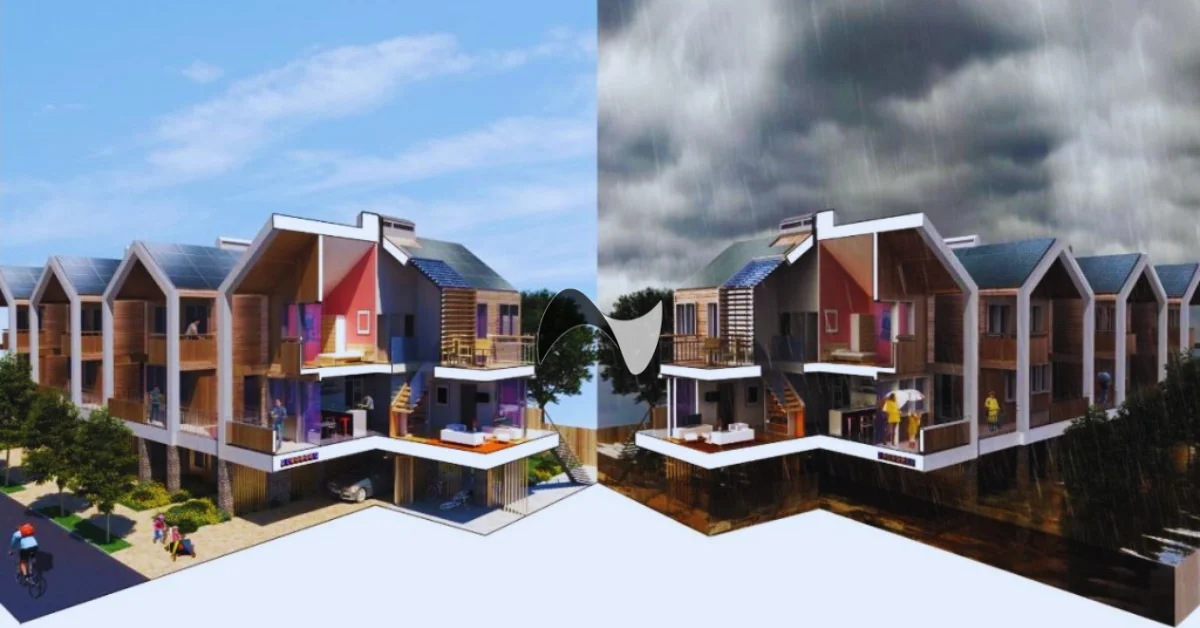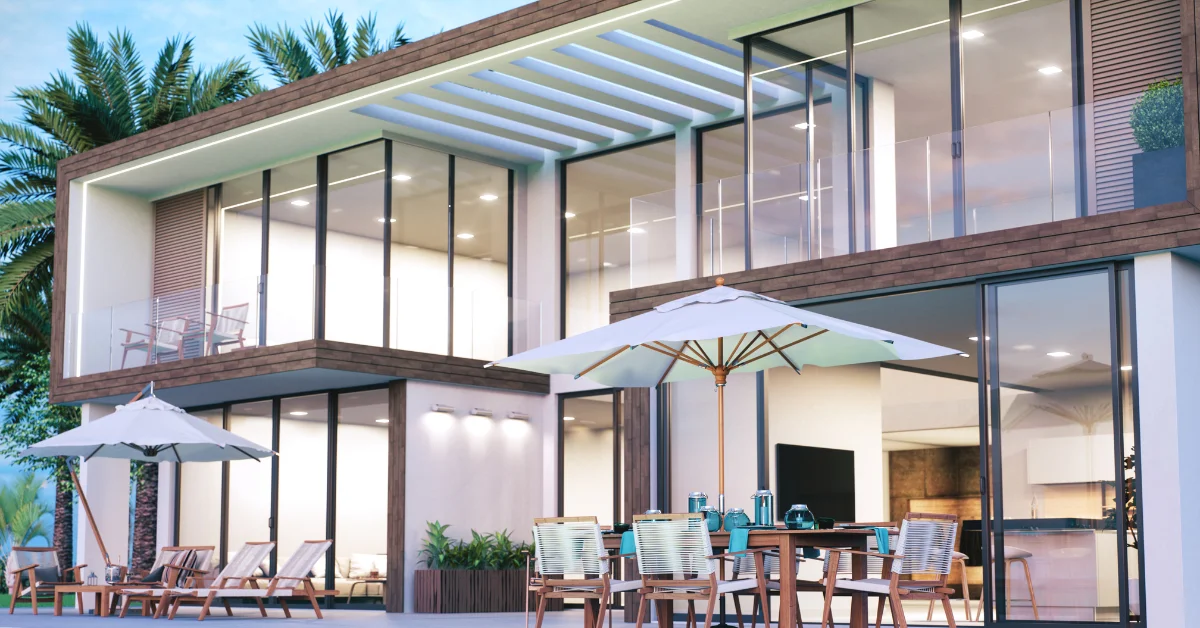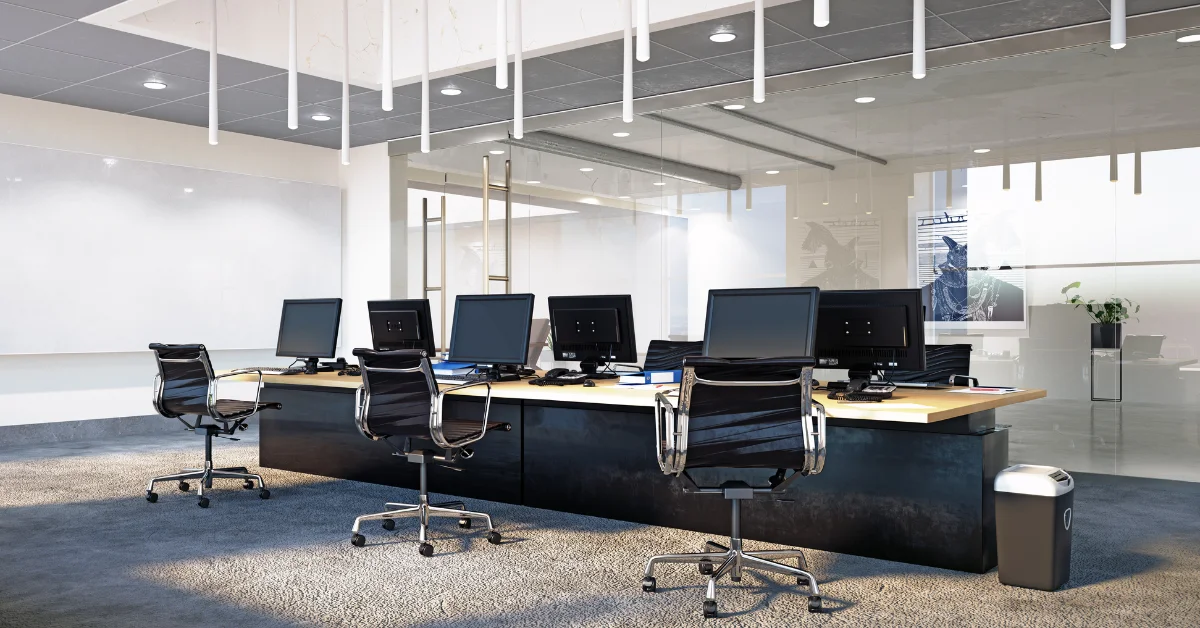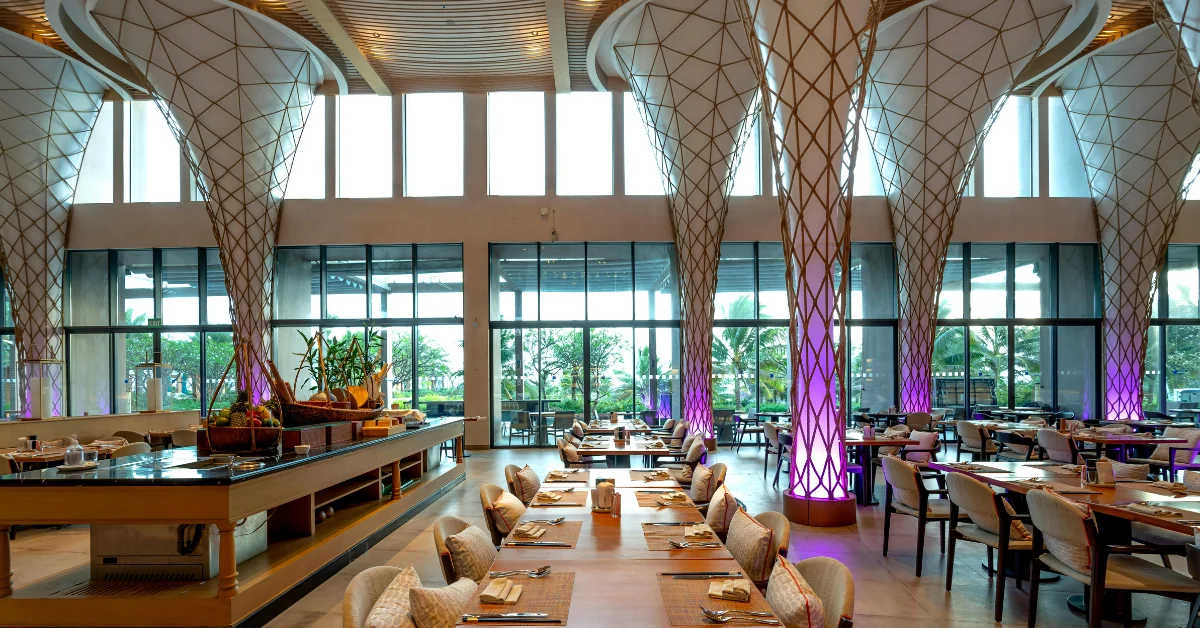Minimalist architecture is more than just a passing design trend—it’s a conscious lifestyle choice that reflects clarity, balance, and intentional living. In today’s fast-paced, cluttered world, this style stands as an antidote to chaos, offering simplicity and harmony through clean lines, open spaces, and functional elegance. By stripping away the unnecessary, minimalist architecture highlights what truly matters—light, proportion, and purpose. Beyond its aesthetic appeal, it promotes mental calmness and sustainable living, making it a philosophy as much as a design approach. But what does the future of minimalist architecture hold? With evolving lifestyles, new technologies, and growing environmental concerns, this architectural style is set to redefine the way we design and experience our homes, workplaces, and cities.
What is Minimalist Architecture?
Minimalist architecture is a design philosophy that focuses on clarity, purpose, and efficiency. Instead of filling spaces with unnecessary details, it highlights essential elements to create harmony. Every wall, corner, and line is intentional, removing distractions and promoting balance. The approach is not about making a room empty but about shaping it with precision. Open layouts, neutral color palettes, and natural light are common features, giving spaces a sense of calm and openness. By stripping away the unnecessary, minimalist buildings emphasize durability, sustainability, and function. The beauty of minimalist design lies in its ability to remain timeless, offering spaces that feel modern, purposeful, and connected to the people who live in them.
Core Concepts of Minimalist Style Architecture
Minimalist style architecture isn’t just about removing clutter—it’s about creating harmony between people and their environment. The philosophy revolves around achieving maximum impact with minimal elements. Every detail, from form to color, is carefully chosen to enhance functionality while maintaining beauty. Below are the key principles that define this architectural style:
Simplicity in Form and Function
Minimalist architecture building eliminates unnecessary complexity. Buildings feature straight lines, geometric shapes, and clean finishes. Every feature, whether structural or decorative, is intentional and functional.
Open Floor Plans for Fluid Movement
Walls are minimized to create open, interconnected spaces. This design fosters fluidity, making homes feel larger, brighter, and more welcoming, while also promoting family interaction.
Neutral Color Palettes with Natural Accents
Minimalist interiors often embrace whites, soft grays, and earthy tones. These calming shades are paired with natural textures like wood, stone, or concrete to bring warmth and depth.
Natural Light as a Design Element
Large windows, skylights, and glass walls are essential in minimalist design. Natural light reduces reliance on artificial lighting and transforms interiors into serene, uplifting spaces.
Integration of Indoor and Outdoor Spaces
Minimalist architecture often erases boundaries between inside and outside. Sliding doors, courtyards, and garden extensions allow natural elements to flow indoors, creating balance and openness.
Evolution of Minimalist Architecture
Minimalist architecture has evolved from a philosophy of simplicity into a globally recognized design movement. Its foundations lie in traditions that valued calm, clarity, and function over excess. Over time, these ideas adapted to modern needs, shaping the way we build and experience spaces today.
- Zen Origins: Inspired by Japanese Zen philosophy, early minimalism emphasized harmony with nature, simplicity in form, and tranquility in design.
- Bauhaus Influence: The Bauhaus movement introduced functionalism, geometric precision, and the idea that “form follows function,” creating the backbone of modern minimalist architecture.
- Global Expansion: Minimalism spread worldwide, influencing residential, commercial, and urban projects while maintaining its core philosophy of less is more.
- Sustainability Integration: Contemporary minimalism embraces eco-friendly practices, using renewable materials and energy-efficient systems.
- Technology Adaptation: Digital design tools, AI, and smart home innovations are redefining minimalist spaces to be more flexible and future-ready.
Influence of Technology on Minimalist Architecture Design
Technology has become a driving force in shaping minimalist architecture design, transforming it from a purely aesthetic approach into a highly functional and future-ready practice. With the rise of digital blueprints, 3D modeling, and AI-driven tools, architects can now create precise, efficient, and customizable minimalist spaces that adapt to client needs more effectively than ever before. Smart materials also play a vital role. From self-healing concrete to energy-efficient glass, innovations make it possible to design buildings that are not only minimal in appearance but also sustainable and durable. Ultimately, technology allows minimalist architectural designs to evolve without losing their essence of simplicity.
Key Trends Shaping the Future of Minimalist Architecture
Minimalist architecture is no longer just about sleek lines and neutral palettes—it is evolving into a forward-thinking design approach that blends sustainability, technology, and human well-being. The future of minimalist house architecture lies in creating spaces that are not only beautiful but also functional, eco-conscious, and deeply connected to nature. Below are the most influential trends shaping this transformation.
Sustainability & Eco-Friendly
Minimalist design and sustainability go hand in hand. Future homes will use eco-friendly materials, solar energy systems, and water-saving features to minimize environmental impact while staying true to the essence of simplicity.
Integration of Smart Technology
Imagine a minimalist house architecture where lighting, temperature, and security are seamlessly controlled by smart systems. This integration adds comfort without clutter, perfectly complementing the minimalist lifestyle.
👉 Read More: Home Automation Tips
Open Spaces and Natural Light
Designers are focusing on maximizing natural light through large windows, skylights, and glass facades, reducing reliance on artificial energy and creating open, airy environments.
Blending Minimalist House Architecture with Nature
Green roofs, indoor gardens, and biophilic design principles are merging minimalist architecture with the natural world, promoting wellness and harmony.
Minimalist Architecture in Pakistan
Minimalist architecture is steadily reshaping Pakistan’s modern built environment. Once dominated by ornate styles and heavy detailing, the country’s architectural preferences are now shifting toward designs that emphasize simplicity, functionality, and sustainability.
Urban Adaptation
In major cities such as Karachi, Lahore, and Islamabad, minimalist house architecture is becoming increasingly popular. Open layouts, clean lines, and natural light are being used to create calm and clutter-free spaces.
👉 Check Our Urban Design Projects
Cultural Integration
While rooted in global trends, minimalist designs in Pakistan adapt to local culture and climate. Courtyards, shaded verandas, and eco-friendly materials are combined with minimalist principles to ensure both comfort and sustainability.
Future Outlook
From modern residences to sleek commercial buildings, the demand for minimalist architecture is expected to grow. It reflects not just an aesthetic choice but a lifestyle shift toward purposeful and sustainable living.
Role of Architects and Building Design Consultants
Architects and building design consultants play a vital role in bringing minimalist architecture to life by blending aesthetics with functionality. They shape designs that align with client needs while staying true to the “less is more” philosophy, using modern digital tools to optimize layouts and reduce unnecessary complexity. Consultants like Pavilion ensure that minimalist architecture portfolios remain adaptable across diverse environments, whether for homes, offices, or urban spaces. Pavilion Design Consultants offer complete design-and-build services, streamlining the entire process from initial concept to final construction. This integrated approach not only reduces delays and costs but also guarantees that the simplicity, balance, and elegance of minimalist architecture are preserved throughout every stage of the project.
Conclusion
The future of minimalist architecture is about more than clean lines and uncluttered spaces—it’s about shaping environments that promote clarity, sustainability, and well-being. Minimalist architecture is evolving from sleek homes into a broader movement that redefines how we build cities, integrate technology, and design for people’s needs. By reducing waste, using eco-friendly materials, and embracing smart solutions, this approach creates spaces that are not only visually striking but also future-ready. For homeowners, architects, and builders, adopting minimalist architectural designs means committing to a philosophy where simplicity is not emptiness—it’s efficiency, purpose, and timeless strength. In this future, minimalism stands as a powerful design language that transforms the way we live, work, and connect with the world around us.
FAQs
What are the benefits of minimalist house architecture?
It reduces clutter, increases efficiency, enhances natural light, and often lowers construction and maintenance costs.
Can minimalist architecture be applied in Pakistan?
Yes, many design companies like Pavilion are adapting concepts of minimalist architecture with local climate considerations.
What role do building design consultants play in minimalist projects?
They provide expertise in planning, building design stages, and execution to ensure projects are sustainable and cost-effective.



